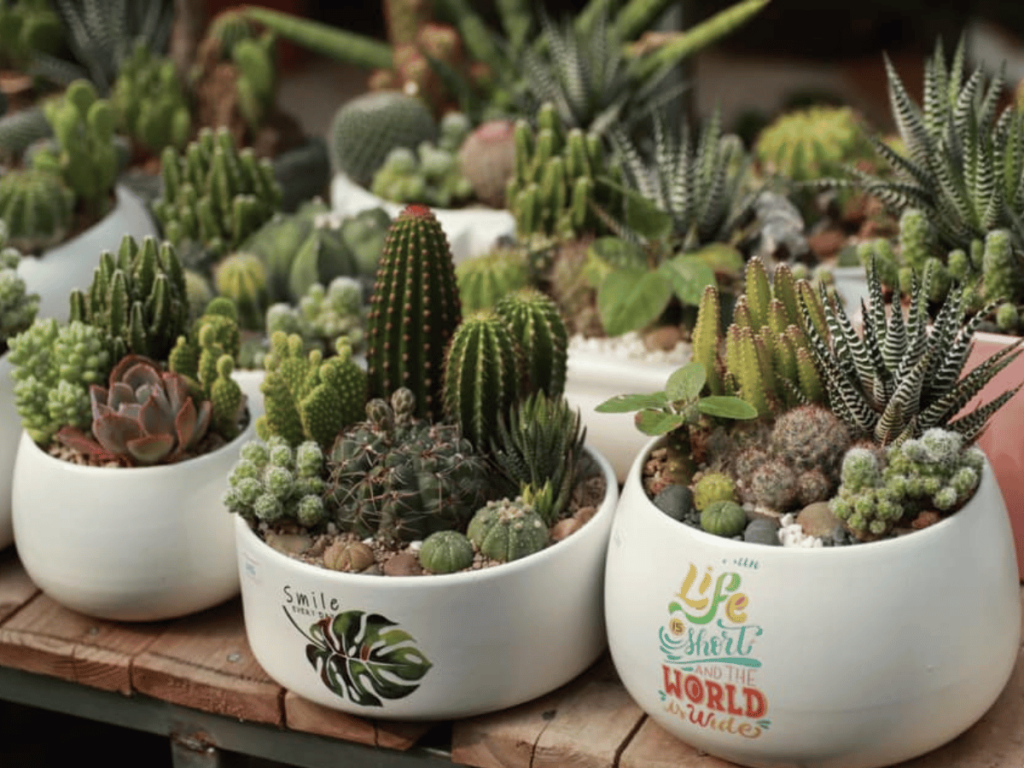Seasonal decorating is a wonderful way to keep your living space feeling fresh and inviting all year long. From the blooming freshness of spring to the cozy warmth of winter, each season offers unique opportunities to refresh your home decor. Let’s dive into some creative and practical tips for decorating your home seasonally. Spring: Embrace Freshness and Renewal Spring is a time of renewal, making it the perfect season to refresh your home decor. Here are some tips to get you started: Color Palette: Incorporate pastel colors such as soft pinks, blues, greens, and yellows to reflect the blooming flowers and new growth. Floral Elements: Use fresh flowers, floral prints, and botanical artwork to bring the freshness of spring indoors. Light Fabrics: Switch to lighter fabrics like cotton or linen for curtains, throw pillows, and bed linens. Decluttering and Cleaning: Spring is synonymous with renewal, making it the perfect time for a thorough declutter and deep clean. You can try some wall decor tapestries Summer: Capture the Vibrant Energy Summer decor is all about embracing bright colors and a relaxed atmosphere: Bright Colors: Embrace vibrant colors like turquoise, coral, and sunny yellow to capture the energetic vibe of summer. Natural Materials: Use natural materials such as rattan, wicker, and bamboo to create a relaxed, beachy feel. Outdoor Spaces: Extend your decor to outdoor spaces with comfortable seating, string lights, and potted plants. Lightweight Textures: Opt for airy, lightweight fabrics like sheer curtains and cotton throws to keep spaces cool. Artificial plants are good idea for decoration Fall: Create a Cozy Retreat Fall decor is all about warmth and coziness: Warm Tones: Introduce warm colors such as burnt orange, deep red, mustard yellow, and browns to mimic the changing leaves. Cozy Textures: Incorporate cozy textures with chunky knit blankets, plaid throws, and velvet cushions. Autumnal Accents: Use pumpkins, gourds, and fall foliage in centerpieces and mantel decorations. Layering: Add layers to your decor with rugs, throws, and pillows to create a warm and inviting environment. Winter: Embrace Warmth and Festivity Winter is the season to create a warm and festive atmosphere: Neutral and Metallics: Stick to a palette of whites, grays, and metallics like silver and gold to create a winter wonderland effect. Warmth: Increase the coziness with thick blankets, faux fur throws, and woolen rugs. Festive Decor: Embrace holiday decorations like Christmas trees, wreaths, and garlands. Ambient Lighting: Use candles, fairy lights, and lanterns to create a warm and inviting glow during the darker months. Tips for Transitioning Between Seasons Transitioning your decor between seasons can be smooth and easy with a few strategies: Rotate and Store: Keep a dedicated storage area for seasonal decor items, making it easy to rotate them as needed. Neutral Base: Maintain a neutral base for your main furniture pieces and walls, allowing you to easily switch out accessories. Multi-functional Pieces: Invest in decor items that can be easily adapted for different seasons, such as reversible pillows or neutral vases that can hold various seasonal flowers. Gradual Changes: Transition your decor gradually, starting with smaller accessories like throw pillows and centerpieces before moving on to larger items. Conclusion Seasonal decorating is a fun and effective way to keep your home looking and feeling fresh throughout the year. By incorporating elements that reflect the beauty and essence of each season, you can create a dynamic and inviting living space that evolves with the times. Happy decorating!
Author Archives: Chloe
Stringing small lights around your backyard deck can make it feel like a vintage café. Putting colored lights in your kids’ bedrooms or warm lights in your garden can also create a cozy ambience. This trend of decorating with string lights has become really popular, and many of us didn’t expect it. But why do these little lights make us feel good? The string lights market has grown a lot in the U.S. and around the world over the past few years. This started as a fun decorating idea before the pandemic, but as people stayed home more, they used these lights both inside and outside more often. Reports show that the global string lights market was nearly $450 million in 2021, and it’s expected to reach over $768 million by 2027. Why Should We Use String Lights? String lights are like backyard bonfires, cozy fireplaces, or our favorite candles. These little lights make us feel good. According to WebMD, some benefits of decorating with lights are: Making us feel closer to others Improving our mood Making us feel more hopeful. Why Do We Feel Happy When We See String Lights? Many people feel happier when they see small lights because it causes the brain to release dopamine, a chemical that makes us feel good. Research shows that colorful holiday lights have this effect, and so do decorative string lights. This is due to something called color therapy, which means that seeing colorful or pretty lights makes our brains release happy chemicals. This type of therapy is used to help people with anxiety and depression. Holiday Memories A while ago, we mostly used indoor lights for holidays, such as Christmas and New Year. Many holidays use lights, so seeing string lights can make us remember these special times and feel cozy and relaxed. Ideas for Using String Lights If you want to feel happier, try using string lights. Pick spots you want to make more inviting, like your bedroom for a cozy glow or in the corners of a rec room where you want people to hang out more. You can find string lights in yellow or different colors online or at home improvement stores. Many grocery stores also sell them in the outdoor section, and even dollar stores have them. Want to try them out first? Use a string or two of your leftover holiday lights. Not all string lights need to be plugged in; some are solar-powered, and some use batteries. Here are some ideas: Hang up the lights along the fence of your balcony. Wrap small lights around a big potted plant. Put a string of lights along the back of a shelf or bookcase. Install a strip of small LED lights on top of your kitchen cabinets or under the bottom. If you have a canopy bed, drape lights across the top or hang them along the sides. Put a small string of lights inside an empty lantern or tall glass container. What To Consider When Buying String Lights? Length. Style. Brightness (it should be not too bright, not too dull). Power source (plug in or battery operated). Is it easy to install? Can we replace bulbs if one of them burns out? Photo credit: Adobe Stock
Creating a mixed plant arrangement in a single pot is an excellent way to add visual interest and variety to your home or garden. Not only does it look beautiful, but it also maximizes space and can even benefit the plants themselves through complementary growing conditions. Here are some steps to help you get started. 1. Choose the Right Plants When selecting plants to combine in one pot, it’s crucial to consider their compatibility. Plants should have similar light, water, and soil requirements to thrive together. Here are a few popular combinations: – Herbs: Combine basil, parsley, and oregano for a fragrant and functional herb garden. These herbs enjoy similar growing conditions and look lush when planted together. – Succulents: Mix different types of succulents like echeveria, sedum, and crassula. Their varied shapes and colors create a stunning display while needing minimal water. – Shade-Loving Plants: Combine ferns, hostas, and caladiums for a vibrant, low-light arrangement. These plants thrive in similar conditions and offer a variety of textures and colors. Picture credit: totorogarden 2. Use the “Thriller, Filler, Spiller” Technique This tested method helps create balanced and visually appealing arrangements: – Thriller: Choose a tall, eye-catching plant as the focal point. For example, a dracaena or a coleus can serve as the thriller in your pot. – Filler: Add mid-height plants to fill the space around the thriller. Consider plants like begonias or impatiens for this role. – Spiller: Select trailing plants to cascade over the edges of the pot. Varieties like ivy, sweet potato vine, or trailing lobelia are excellent choices. Picture credit: totorogarden 3. Consider Pot Size and Soil Ensure your pot is large enough to accommodate the root systems of all the plants. Use high-quality potting soil that provides good drainage and nutrients. If you’re combining plants with different soil needs, consider using a pot with separate compartments or a self-watering system to manage moisture levels effectively. 4. Arrange and Plant Start by placing the thriller in the center or at the back of the pot, depending on the viewing angle. Surround it with fillers, and position spillers near the edges. Then, gently remove each plant from its original container, loosen the roots, and plant them in the new pot. Water thoroughly after planting. 5. Maintenance Regularly check the moisture level of the soil and adjust watering as needed. Feed your plants with a balanced fertilizer every few weeks to keep them healthy and thriving. Prune and trim as necessary to maintain their shape and encourage growth. By thoughtfully combining multiple plants in one pot, you can create beautiful, dynamic arrangements that bring life and color to any space. Happy planting! Picture credit: Brian M



